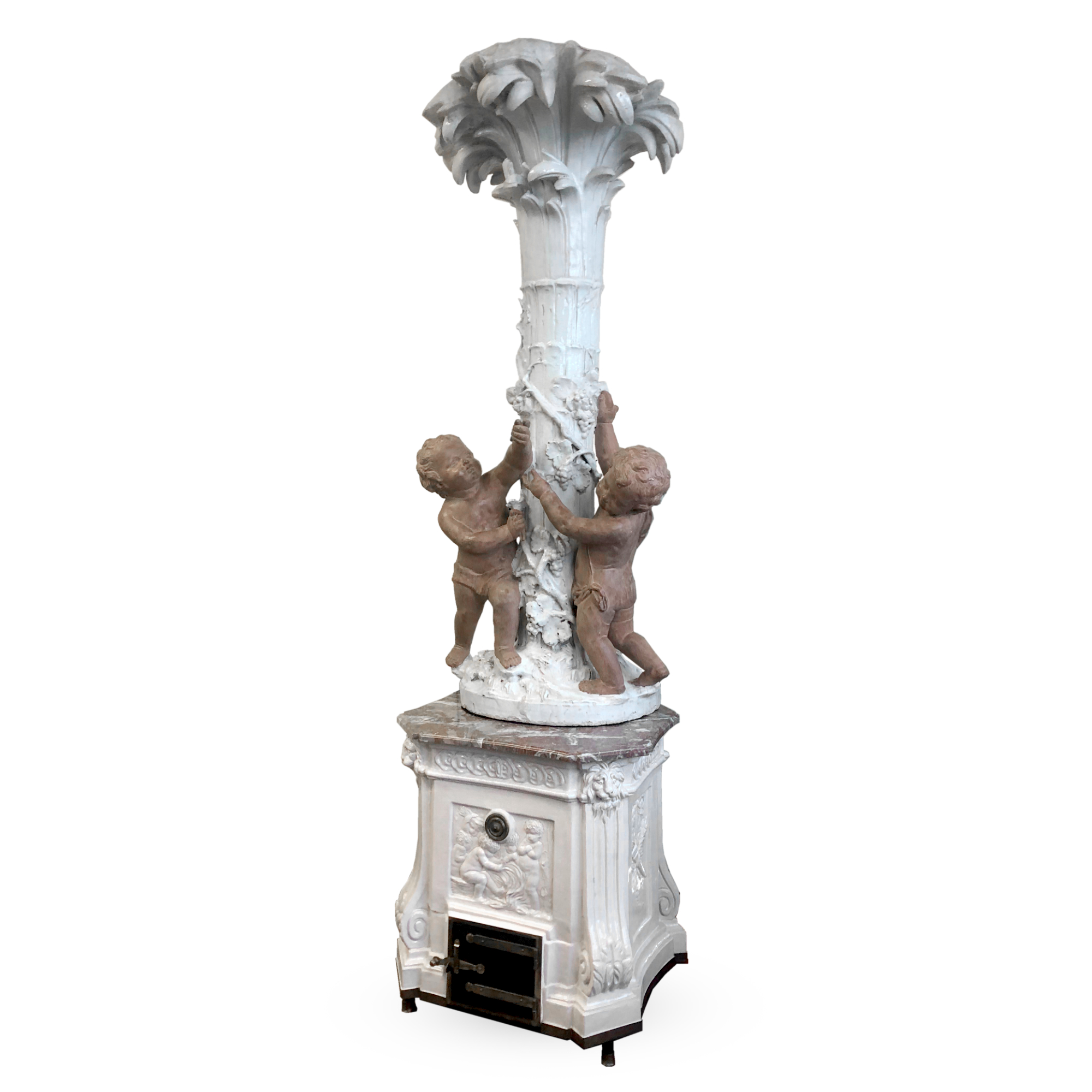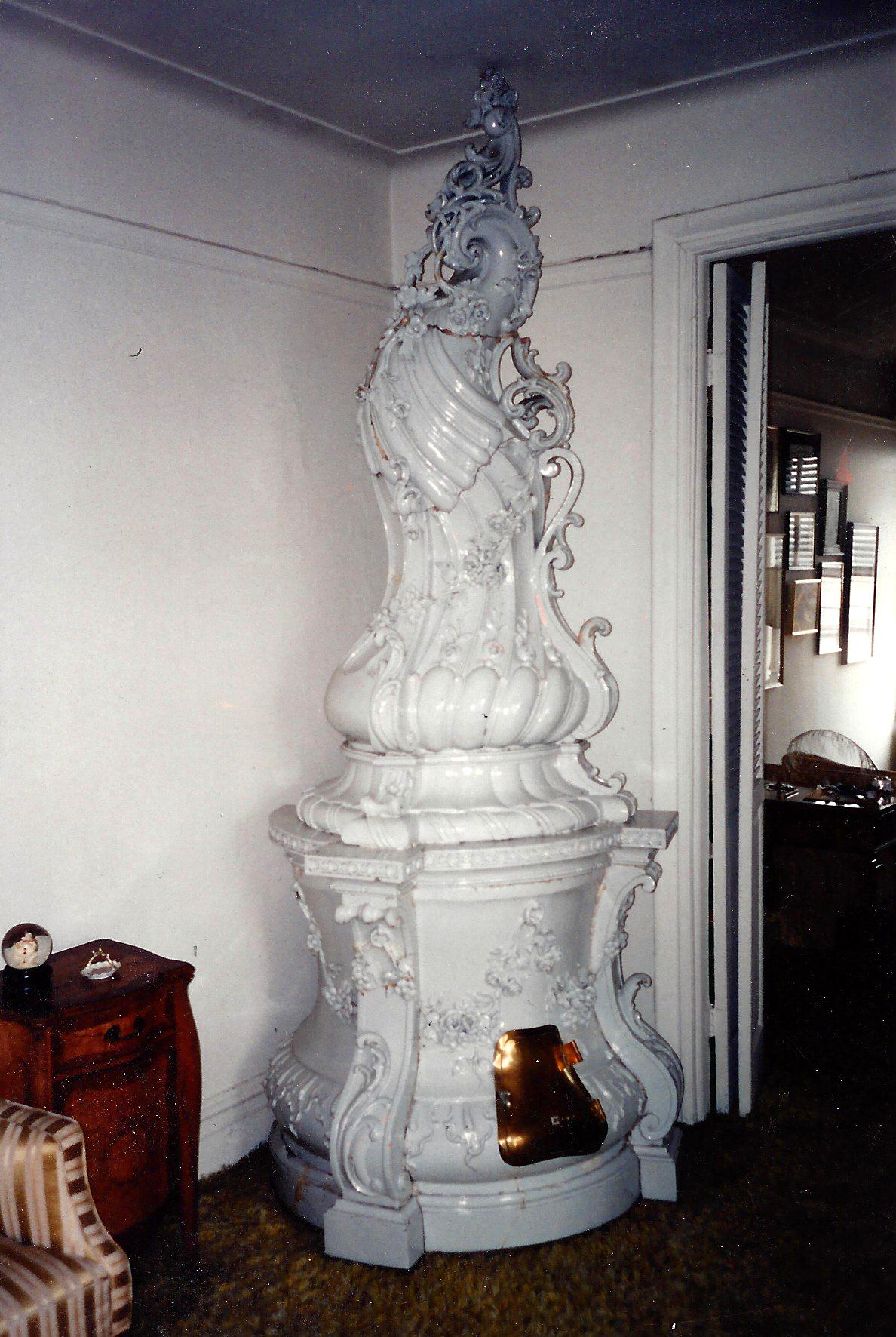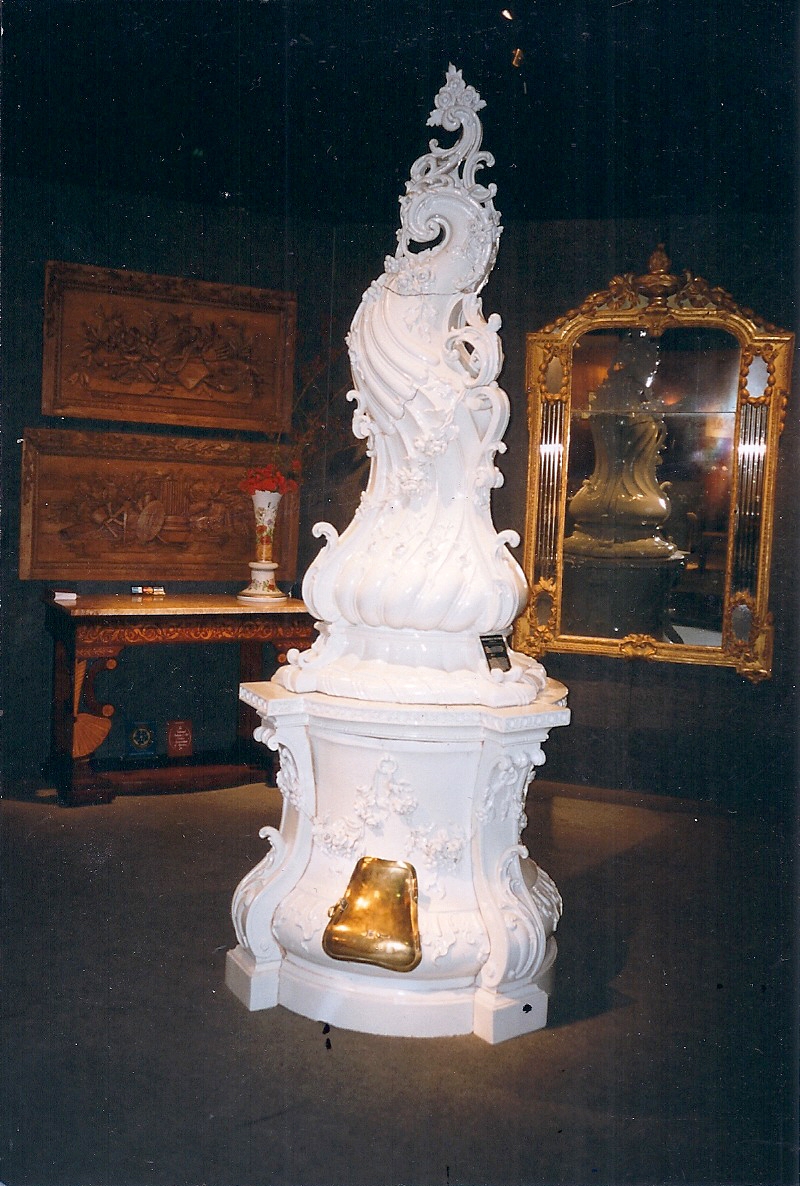18th Century Room Heaters - From Post-WWII Vienna to Brooklyn
Antique dealing has changed completely in the last 10-20 years. That’s not news. But recently, we were fortunate enough to be reunited with a large, Louis XVI style Room Heater, which we had in fact previously owned and sold in the 1970’s. These large, sculptural works of art are perhaps what I find most engaging about antiques - works of art which offer a window into how people used to live, created with knowledge and craftsmanship that usually doesn’t exist any longer. Its acquisition also prompted my Father to share the following story with me regarding his and my Grandfather’s love for these anachronistic objects. And besides being a great story, it also exemplifies the sort of antique dealing that doesn’t seem to be possible any longer - one of discovery, and the physical process of discovery, of rare and forgotten things (beyond rediscovering a long forgotten Pinterest Board). As recounted to me by Tony Victoria:
“After the war my Dad [Frederick Victoria] went to Vienna during the period when it was divided between the Western Allies and the Soviet Union. I am not sure of what led him there, but one attraction was what could be found in the Soviet sector. There was, for example, the warehouse containing the collection of Count Potocki’s Lancut Castle. Potocki was closely related to the Russian Czars and through machinations I am not entirely familiar with, he was able to get permission from Hitler’s regime to take his possessions out of Poland to Vienna by train. There this vast horde sat after the war - you just had to find a way into the Soviet Sector! Yet my Dad, along with his good friend, Albert Nesle, would somehow manage to gain entrance to it and buy, buy, buy. I am sure it was an antique dealer’s dream.
Another attraction may have been his love of the decoratively monumental heating stoves which were used in Europe in the 18th and 19th centuries. I am sure that he had been bitten by this bug in France where he must have been captivated by the Louis XVI examples he encountered with their commode like fireboxes and palm form flues. In fact, I also remember being struck by the first in-situ example I saw at the chateau built by the Marquis de Contades in the Loire valley at his Chateau de Montgeoffroy (image below). There, in what was reputed to be the first dedicated dining room in France, the Louis XVI period dining table was paired with a heating stove of that commode/palm flue design which was positioned behind a protective iron railing.
Anyway… back in Vienna after the War, my Father came upon the more baroque examples which were produced in southern Germany and which not infrequently incorporated color into their designs, something not seen for the most part in France where these heaters were pretty uniformly white. My Dad’s visits to his favorite dealers for these things yielded, in addition to a collection of stoves which he dealt in for their unique decorative and architectural character, a large number of photos which he took or was given to keep on file.
These records turned out to be especially useful once in the 1990’s when, out of the blue, I [Anthony Victoria] took a call from someone in Brooklyn who said they had a stove they wanted to sell. I am not sure of what led me to follow up on this call. I mean: Brooklyn, Viennese heating stove: who would have thought? Anyway, in a relatively small apartment I ended up finding a wonderful, probably 8’+ tall white example whose baroque design resembled the swirling shape of a Dairy Queen soft serve cone. What it was doing in that apartment, I have no clue. But, not only did I end up making it the center piece of one of my last exhibits at the Winter Antique Show, but I was also able to sell it with documentation which I found in those files that my Dad had created in the late 1940’s! He had seen and photographed this same stove on one of his visits to Vienna. It just took 40+ years for it to surface in Brooklyn and for me to close the link of its acquisition.
Montgeoffroy Dining Room, showing a Louis XVI style room heater on the left with a Palm-form flue and commode-style firebox.
Our recently acquired Louis XVI style Room Heater example with Terracotta Putti figures adorning the Palm-form flue.
An old inventory photo of available ceramic room heaters taken by Frederick Victoria in Vienna circa 1948
Original file photo of the “Soft Serve” Room heater as seen by Frederick Victoria in Vienna circa 1948
The “Soft Serve” Room heater filling up a Brooklyn apartment and discovered by Anthony Victoria in the early 1990’s
Frederick P. Victoria & Son, Inc.’s booth at the Winter Antique Show circa 1995
“Soft Serve” Viennese Room Heater discovered in Brooklyn and presented at Frederick P. Victoria & Son’s Winter Antique show booth circa 1995






